Periodically crossing into a new country, with a different culture, is one of the things that makes a long tour fun and interesting. However, most people probably realize already that when crossing between the United States and Canada, no matter which direction one is going, the differences that will be found on the other side are fairly subtle. The money is different, but similar. Shops and restaurants may sometimes have different names, but sell and serve, more or less, the same items. Architecture and urban design may often appeal identical. To make a crossing between these countries have the most impact, it is useful to do so by entering Canada in Quebec, a Province I have long wanted to visit.
Of course, this is due to Quebec’s unique history, and, most importantly, its use of French as its primary language. Unlike some people, I actually enjoy being in a place where I don’t know the local language. In this instance, however, I often embarrassed myself more than usual. I had picked up a small, but useful, set of French words and phrases during previous travels, but, since most of my international trips in recent years have been to Latin America, I continuously found myself mixing French and Spanish words together, usually in the same sentence. This, unsurprisingly, gives the impression of incompetence. However, since the proportion of bilingual people in the population is perhaps somewhat higher than some there might like to admit, communicating was never a problem.
As is my custom, I entered Canada at the smallest border crossing I could find close to my intended route, which in this case was at Beebe Plains, Vermont. This post probably sees only a few crossers a day, probably because there is another small border post just four kilometers to the east between Derby Line Vermont, and Stanstead, Quebec. So it took just a few minutes to complete the formalities. I actually then continued by riding over to Stansted anyway, and in so doing I hoped to take a quick look inside the Haskell Free Library and Opera House, which is notable for being one of a handful of small buildings in the area that are located half in the US, and half in Canada. Unfortunately, it was a weekend and therefore the building was closed, so I couldn’t partake in that experience.
I rode to Quebec City over two days, stayed there for a day and a half, and then continued east for two more days to Rimouski, a small city at the start of the Gaspé Peninsula, on the banks of the St. Lawrence River. This was not a great deal of time to experience such a large province, but that was the way the schedule worked out this time. However, I had two extra days available once I reached Rimouski, so I took the opportunity to make a brief side trip by rail to visit one of my cousins who now lives nearby in New Brunswick. That was fun, but the overnight train trips left me very sleep deprived. In general the cycling conditions in Quebec were quite good and the countryside and towns were mostly attractive. The first section, before Quebec City had a wide selection of roads available to choose from, so it wasn’t too hard to find those that were lightly-trafficked, most of the time. Despite being adjacent to New England this area reminded me more of parts of the American Midwest, perhaps a place like Wisconsin. Since, the region was long known a New France,
I would think that this comparison would be deemed appropriate by the residents there.
The section of the route along the river used the secondary road, route 132, which has the advantage of being paralleled, slightly inland, by a larger highway for much of the way, which fortunately takes most of the traffic, especially the trucks. In fact, highway 132, which runs around the entire perimeter of the Gaspé Peninsula, passing through some charming small towns, is a very popular cycling route among the local people. One drawback I noticed along most of the route is that once the road surface has started to degrade, the local authorities either don’t have the will, or the money, to properly repair it. So a small pothole, after several rough winters, has often degraded into a giant field of botched repairs now probably being much worse than the original hole.
Of course, the fierce spring weather that has been plaguing eastern North America this year continued, and most of these days featured rain, cold, or wind, sometimes a combination of all three. Because of that, and because during the few pleasant periods I was riding hard to stay on schedule, I took almost no photographs during the cycling portion of my visit. One that I did take is shown below. Thomas Ayer was my 5th great-uncle, and he moved from St. Johnsbury to southern Quebec, in the early 1800s, to build a railroad there. How he was able to do that is a mystery to me, as I have assumed that my relatives who lived in Vermont were never particularly wealthy. Nevertheless the village of Ayer’s Cliff, on the shores of Lac Massawippi, has been named for him, and at one time was a popular location for elegant summer homes for well-to-do New Englanders.
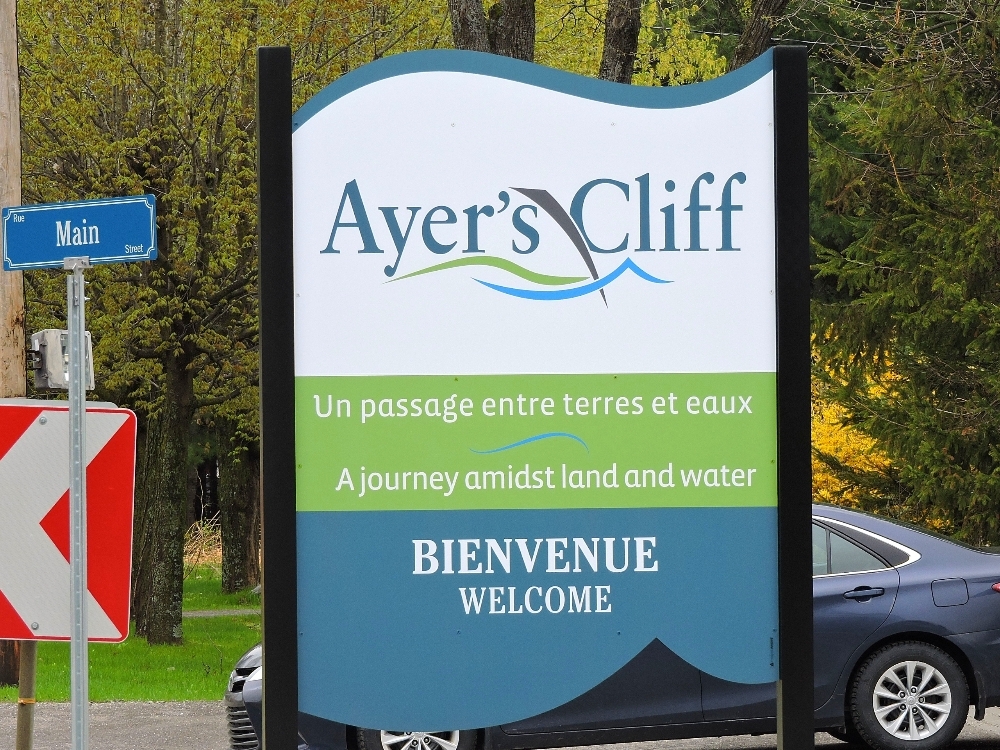
I ended this part of the route at Rimouski specifically because that city is the home port of the N/M Bella Desgagnés, a mixed cargo and passenger ship which provides services to twelve towns and villages located on the north shore of the Gulf of St Lawrence, half of which have no road links to the rest of the province. I booked a journey for the downstream portion of the route, which amounts to exactly half of the normal round trip. My reason for doing so was primarily logistical, to make the route for the next part of this section more efficient, which I may explain in more detail later on. However, after completing the first part of this section, which was much more difficult than it should have been, due to the weather, I was certainly happy to have three days to, mostly, rest and recover.
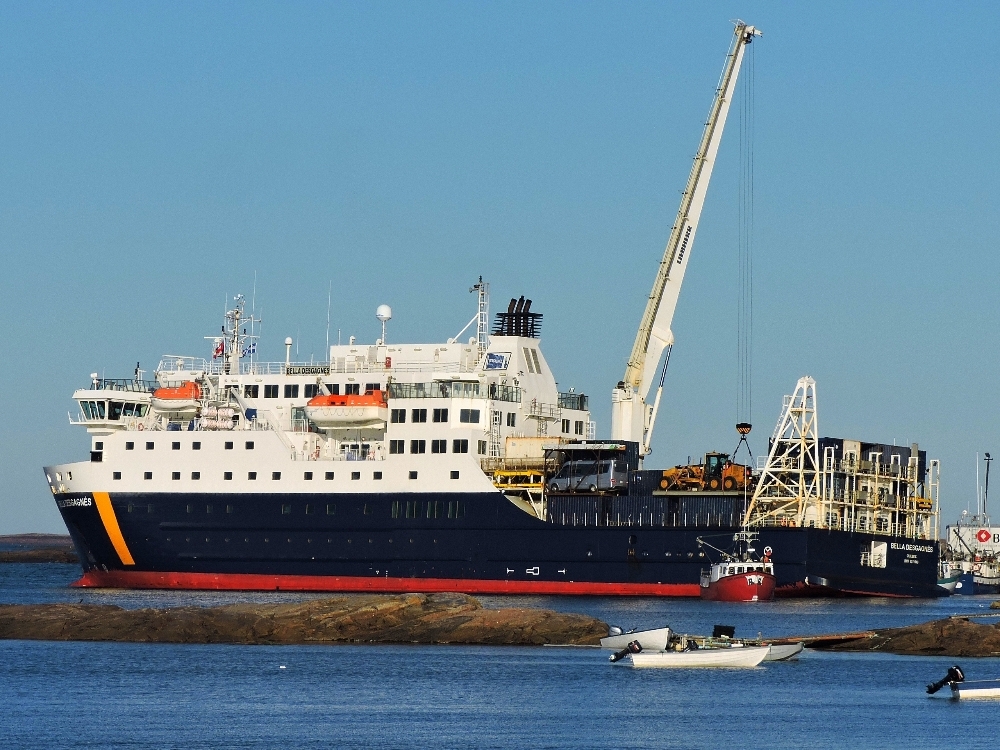
The company that operates this vessel runs it in an efficient and professional manner, and while the primary function of the ship is to deliver cargo, travelers are also treated well. One pleasing aspect is that passengers are encouraged to bring a bicycle along to use to explore the villages during the fairly-short port calls. Of course, since I always have mine with me, I took advantage of that opportunity as well. Bikes are rolled into a cargo container, which is quickly unloaded at each port so they can be easily retrieved. This was one of the more creative transportation amenities I have yet experienced anywhere.
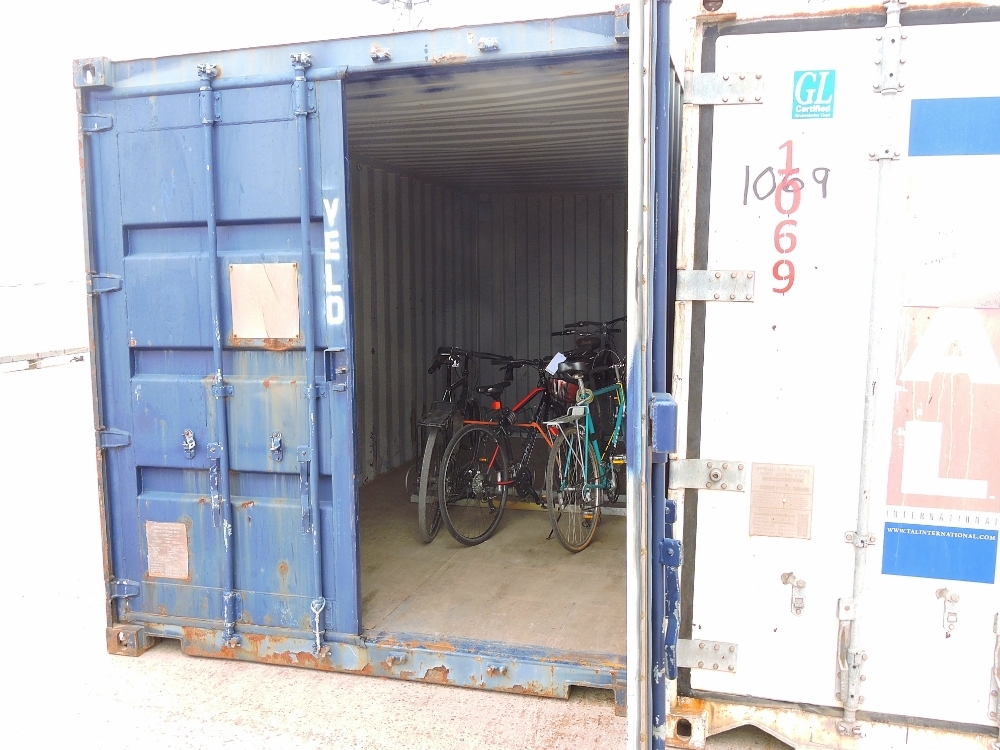
The first day of the voyage was fairly low-key. The morning port call was at Sept-Iles, the largest town on the route, and one without much to see or do, so I simply went for a long walk to stretch my legs. The afternoon was taken up by a orientation meeting, and a much needed chance to do my laundry. At sunset the vessel called at Ile d’Anticosti, a very large island in the Gulf, which may one day become a World Heritage Site, thanks to its large number of easily accessible fossils. I took the opportunity to notch a potential future WHS visit by rummaging around the rocks at the base of a nearby cliff, looking for fossils, and cycling around the near-empty village in the dark, which was especially fun.
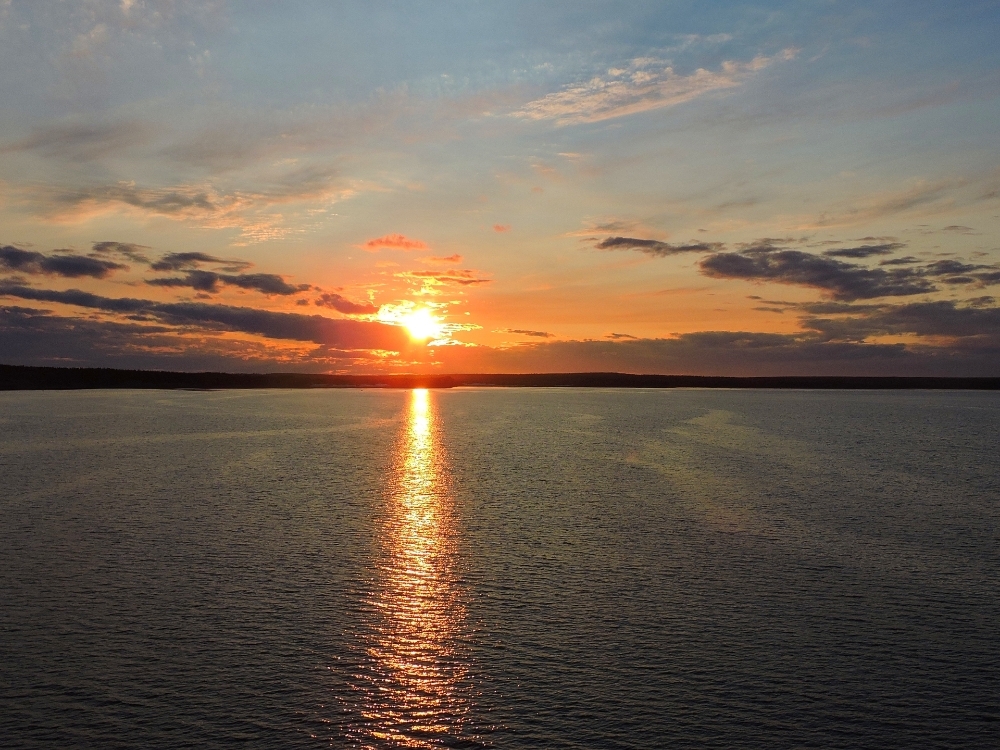
While the ship called Havre-Saint-Pierre, early in the morning of the second day, I and many others took a short boat ride to a park in the Mingan Archipelago. The presentation there was in French, so I wandered off to look for birds, without much luck, unfortunately. The other port calls that day, at Natasquan, Kegaska, and after dark at La Romaine were less enticing, so I just did a little walking or cycling in those places.
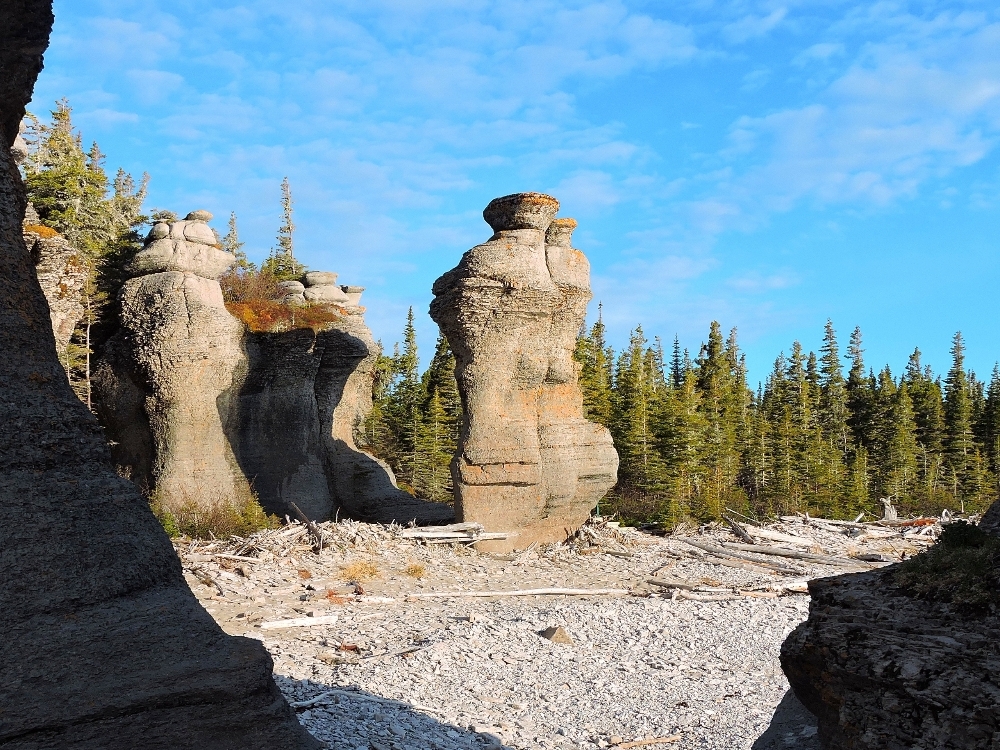
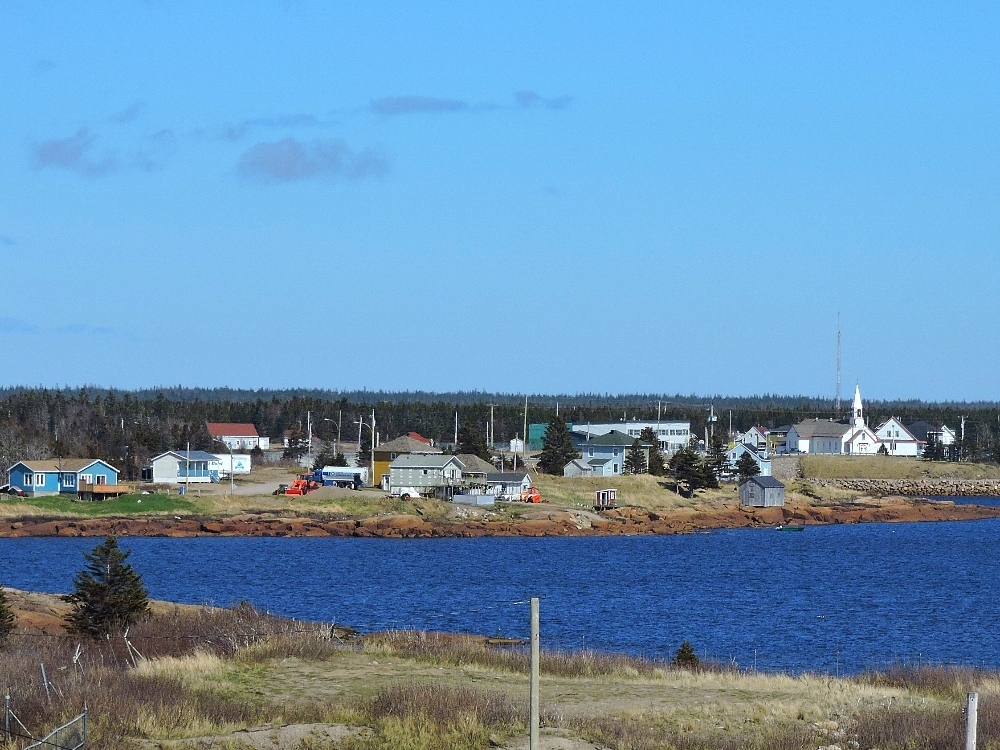
The third day was the most interesting, and busy, with port calls at Harrington Harbor, Tête-à-la-Baleine, La Tabatière, and just after dusk at Saint-Augustin. The coastline in this area was becoming more near-polar in its appearance and it was interesting to see the gradual change of environment. Harrington Harbor was the most appealing of all the stops on the route. That village of three hundred anglophone inhabitants is most notable for its lack of roads, and, therefore, automobiles. Instead, the buildings there are connected by a series of wooden boardwalks. Many of the residents drive ATVs on these, which detracts somewhat from the village’s quaintness,
but not enough to prevent the village from being used as the setting for at least one motion picture. I more enjoyed traversing them on a human-powered two-wheeled vehicle, however.
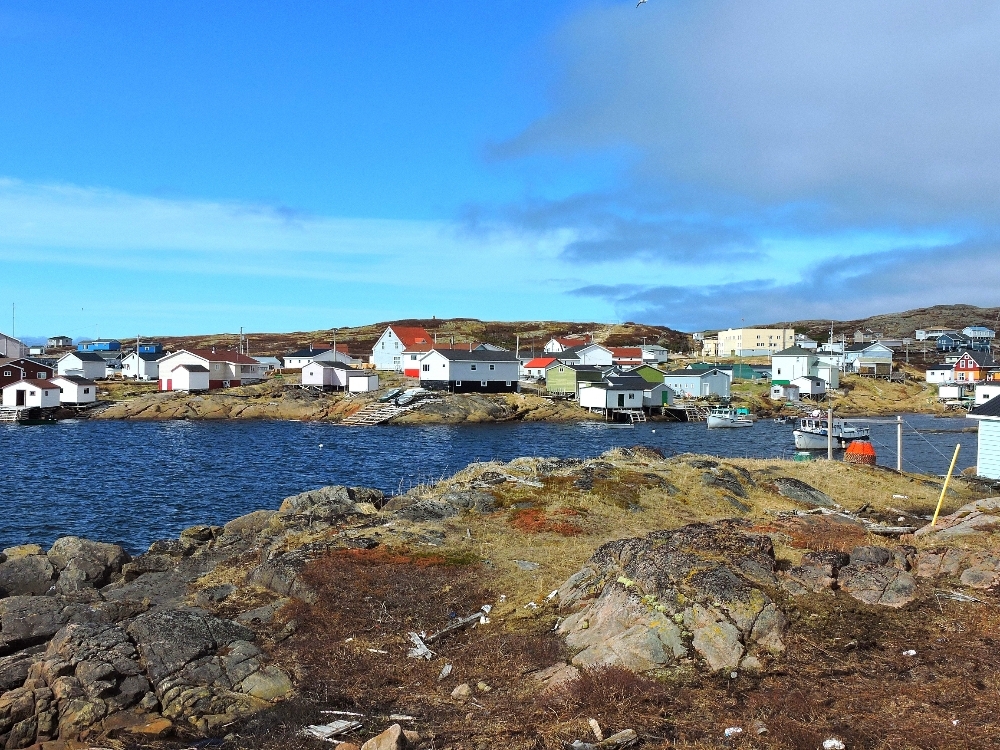
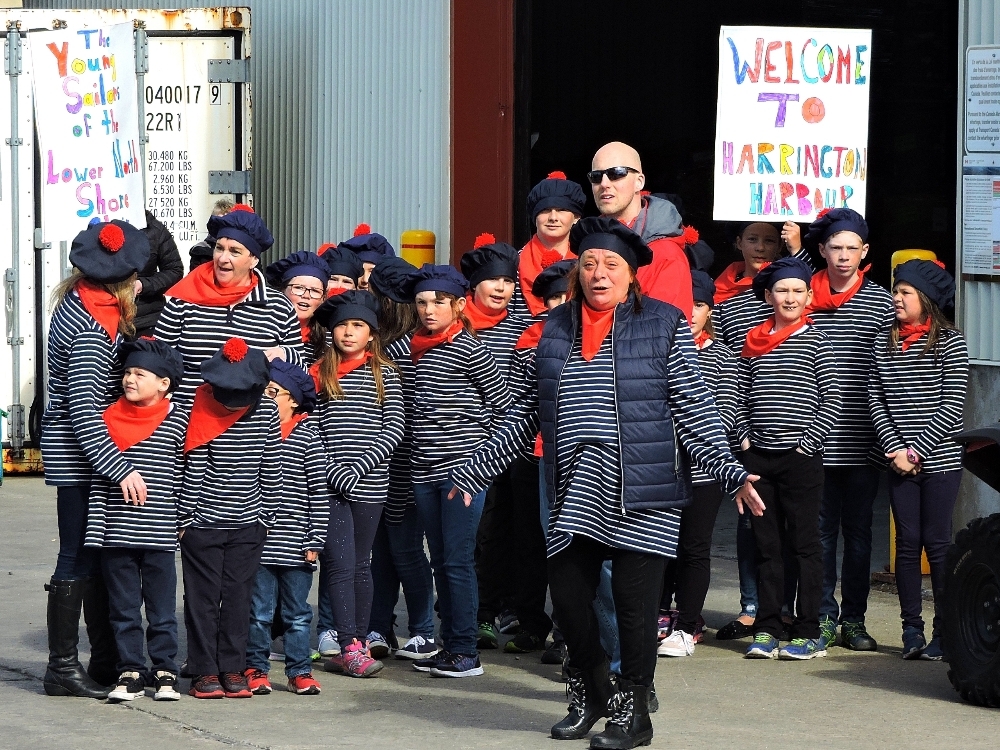
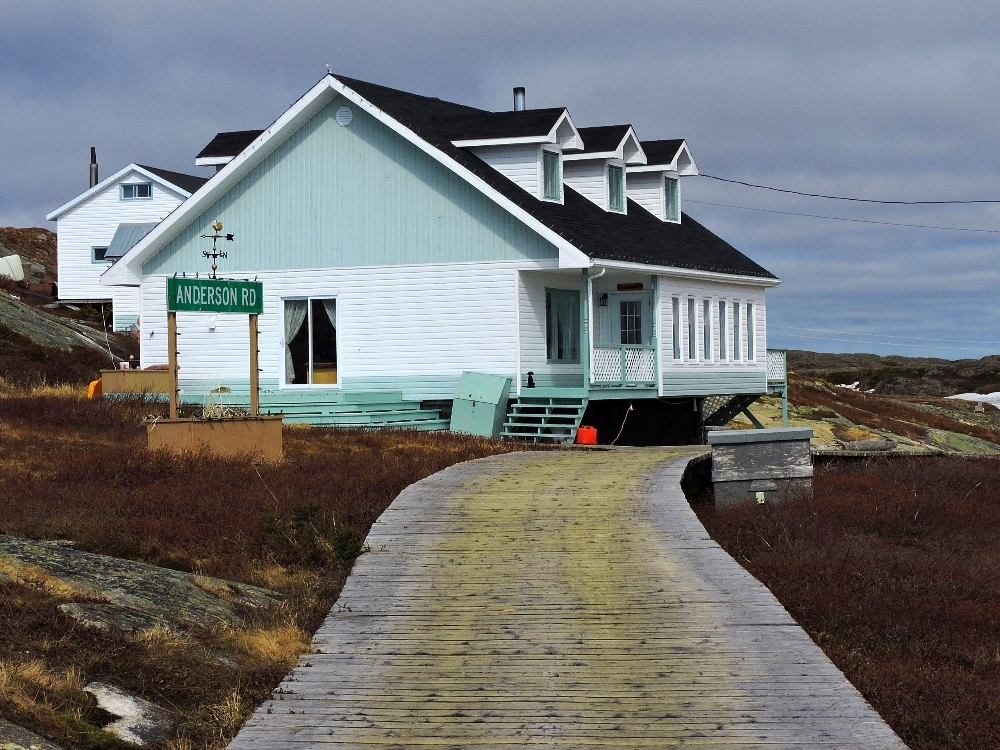
Tête-à-la-Baleine was a case where the village is a considerable distance from the port, so I used that call as my designated stop to do a little more significant cycling. There was only time to ride into the village and back, a twenty-kilometer round trip, but the reasonable gravel road there snaked over a few different islands on the way, and was rather enjoyable.
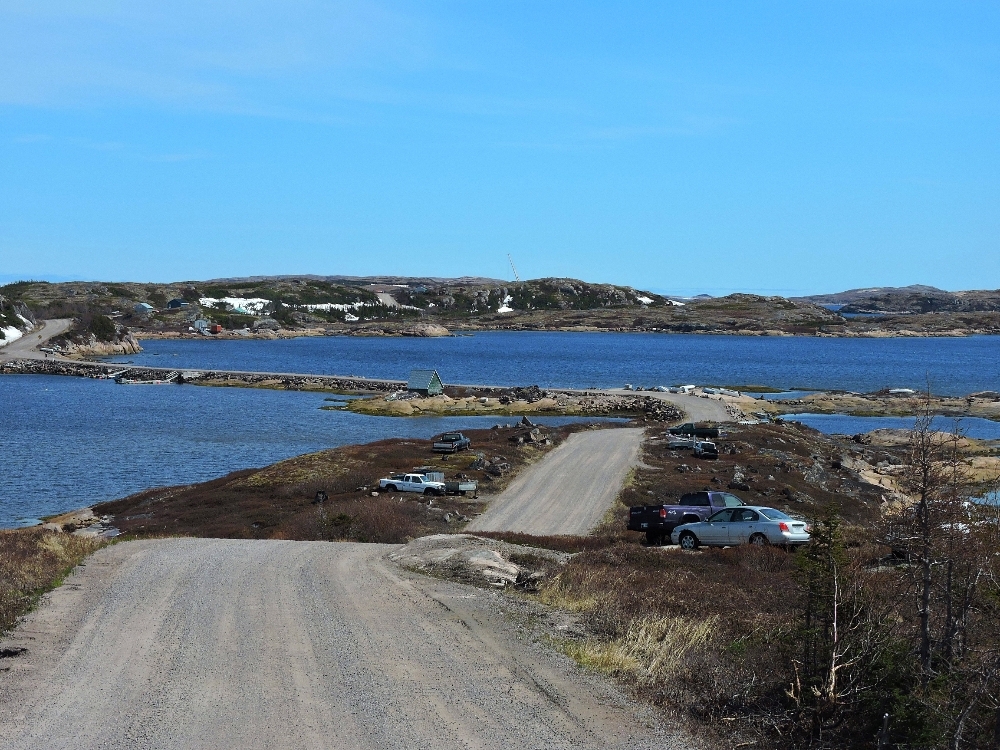
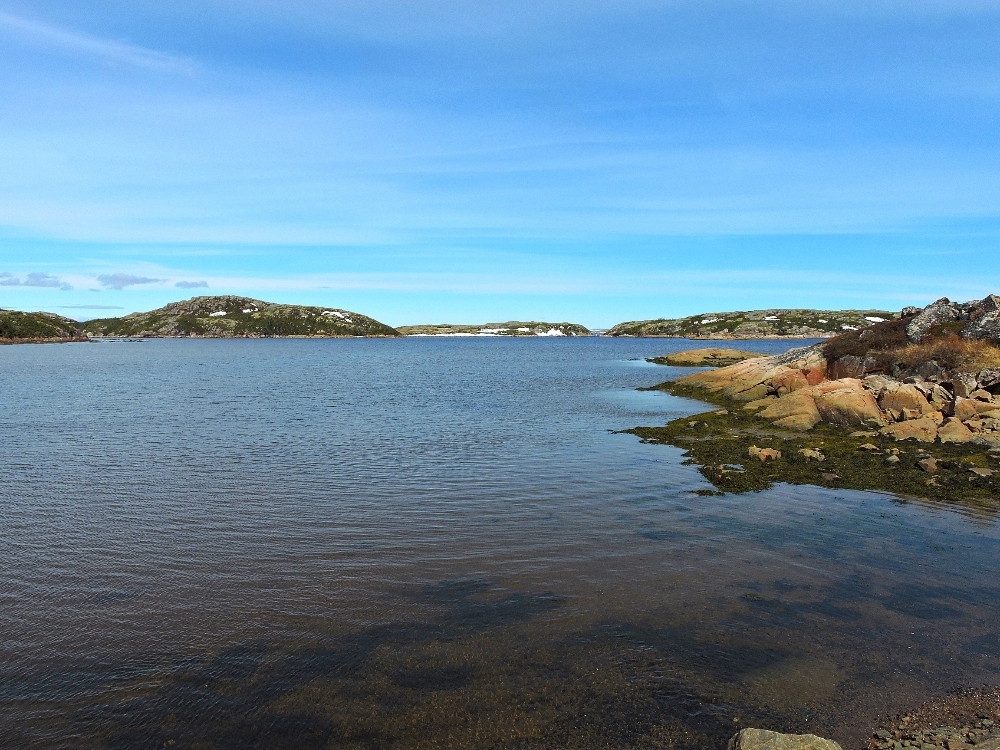
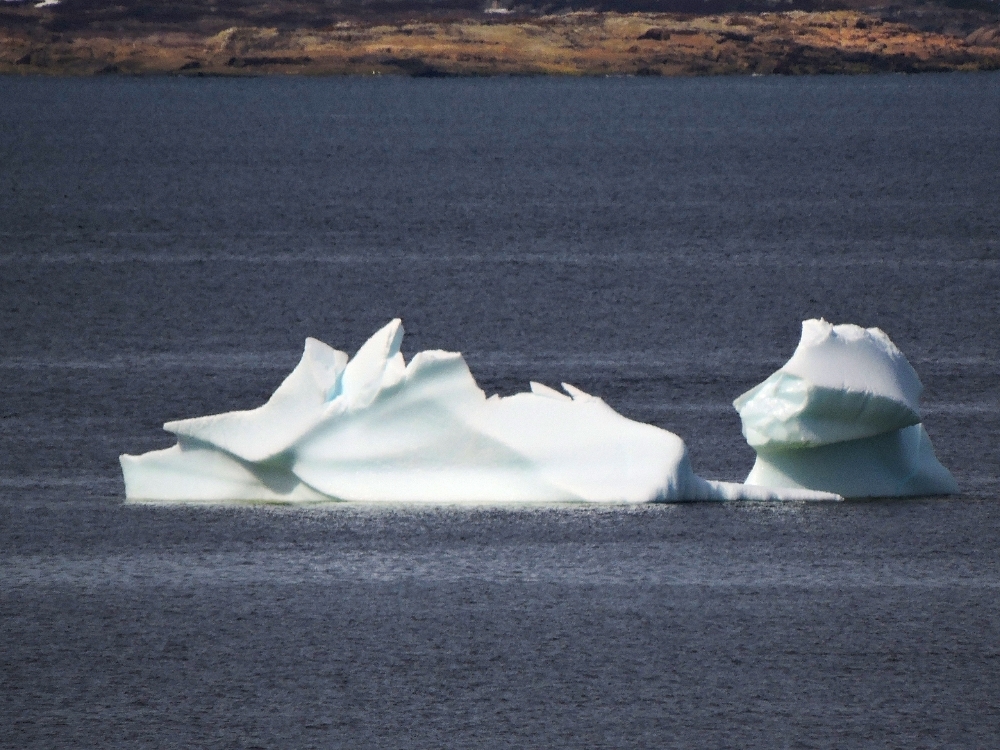
The next morning, the ship arrived at Blanc Sablan, one of the easternmost villages in Quebec. Most of the passengers remained on board for the return trip, which would stop at all the ports for a second time, however, I disembarked to continue cycling eastward. I enjoyed this sailing quite a bit, and appreciated having a few days with minimal activity. Of course, after three days on a ship with generally fine, sunny weather, now that I was back on my own, outdoors, again, the foul weather had returned. Typical.